
Professor Pablo Jarillo-Herrero, Katzenstein Distinguished Lecturer
The University of Connecticut, Department of Physics, is proud to announce the 27th Annual Katzenstein Distinguished Lecturer on Friday, January 30th , 2026 by Professor Pablo Jarillo-Herrero. Pablo Jarillo-Herrero is a Cecil and Ida Green Professor of Physics at the Massachusetts Institute of Technology and a member of the US National Academy of Sciences. He […]
[Read More]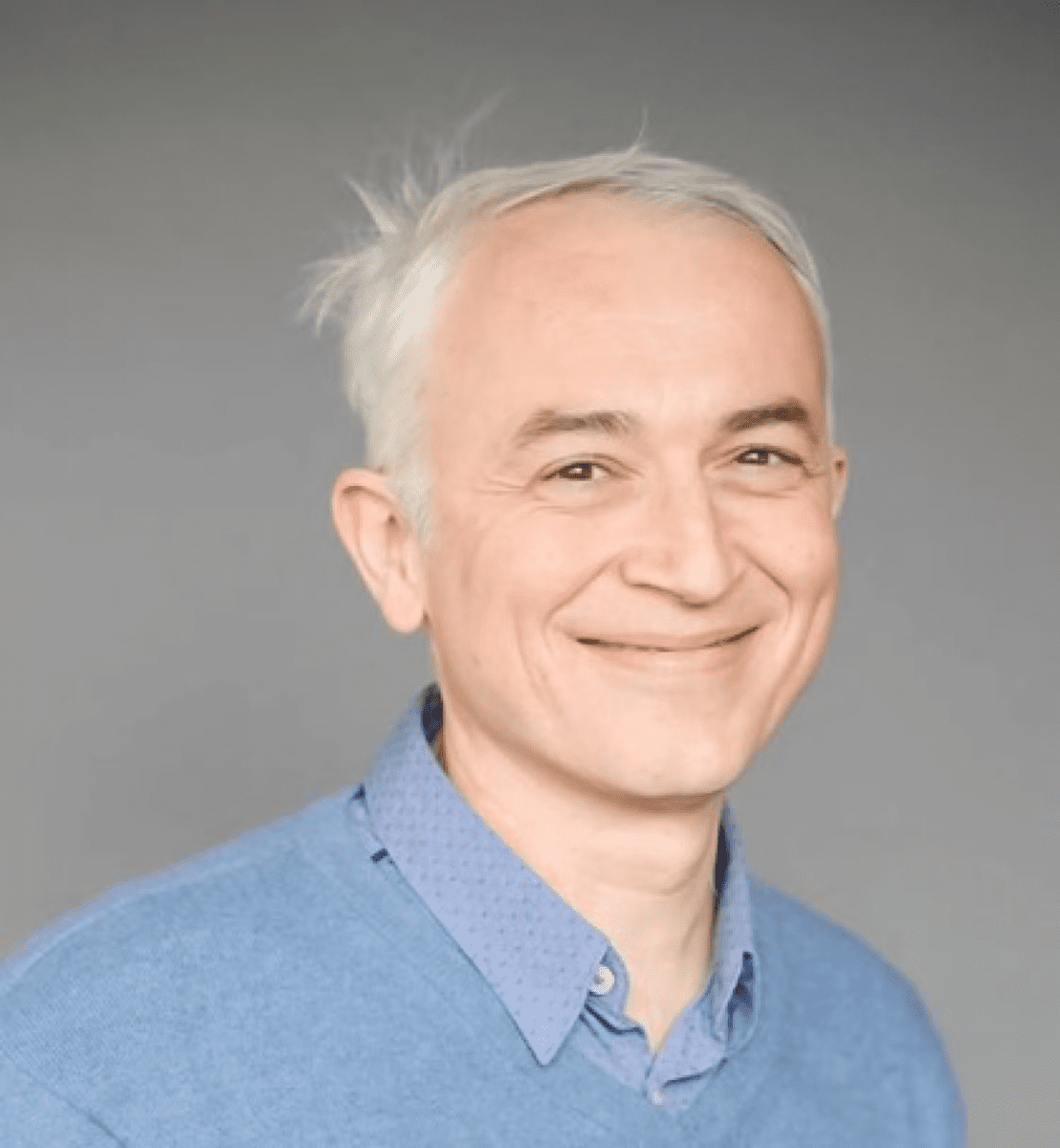
Professor Vladan Vuletić, Pollack Distinguished Lecturer
The University of Connecticut, Department of Physics is proud to announce Edward Pollack Distinguished Lecture will be on Friday, November 7th, 2025. The speaker is Prof. Vladan Vuletić, Department of Physics, MIT. The title of his lecture is “The Quantum Age: From Atomic Clocks to Quantum Computers” For the time and the location of the […]
[Read More]
Nobel Prize Winner, Professor Adam Riess, Katzenstein Distinguished Lecturer
The University of Connecticut, Department of Physics is proud to announce the 26th Annual Katzenstein Distinguished Lecturer that will be on Friday, November 15th.
[Read More]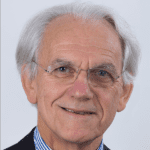
Nobel Prize Winner, Professor Gérard Mourou, Katzenstein Distinguished Lecturer
The University of Connecticut, Department of Physics, is proud to announce that on October 20, 2023, Gérard Mourou, professor and member of Haut Collège at the École Polytechnique and A. D. Moore Distinguished University Professor Emeritus at the University of Michigan and 2018 Nobel Prize winner, will be presenting the 25th Distinguished Katzenstein Lecture.
[Read More]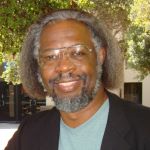
Visit by Dr. Sylvester James Gates
The University of Connecticut Department of Physics is pleased to announce the upcoming colloquium by Dr. Sylvester James Gates Jr. on November 18th in Gant West 002 from 3:30-4:45PM. Dr. Gates is a theoretical high-energy physicist who has made significant, pioneering contributions to supersymmetry, supergravity, and superstring theory. His colloquium will concern the ongoing efforts to […]
[Read More]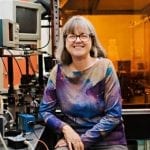
Nobel Prize Winner, Professor Donna Strickland , Katzenstein Distinguished Lecturer
The University of Connecticut, Department of Physics, is proud to announce that on September 23, 2022, Professor Donna Strickland of the Department of Physics and Astronomy at the University of Waterloo will be presenting the 2020 Distinguished Katzenstein Lecture. Prof. Strickland is one of the recipients of the 2018 Nobel Prize in Physics for developing […]
[Read More]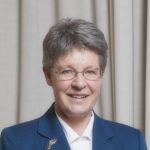
Professor Jocelyn Bell Burnell – 2019 Katzenstein Lecturer
The UConn Physics Department is delighted to announce that our 2019 Distinguished Katzenstein Lecturer will be Professor Dame Jocelyn Bell Burnell. Professor Dame Jocelyn Bell Burnell is world-famous for her discovery of pulsars in 1967. Pulsars are a special type of neutron star, the rotating dense remnant of a massive star. Pulsars have highly magnetic surfaces, and emit a beam of electromagnetic radiation […]
[Read More]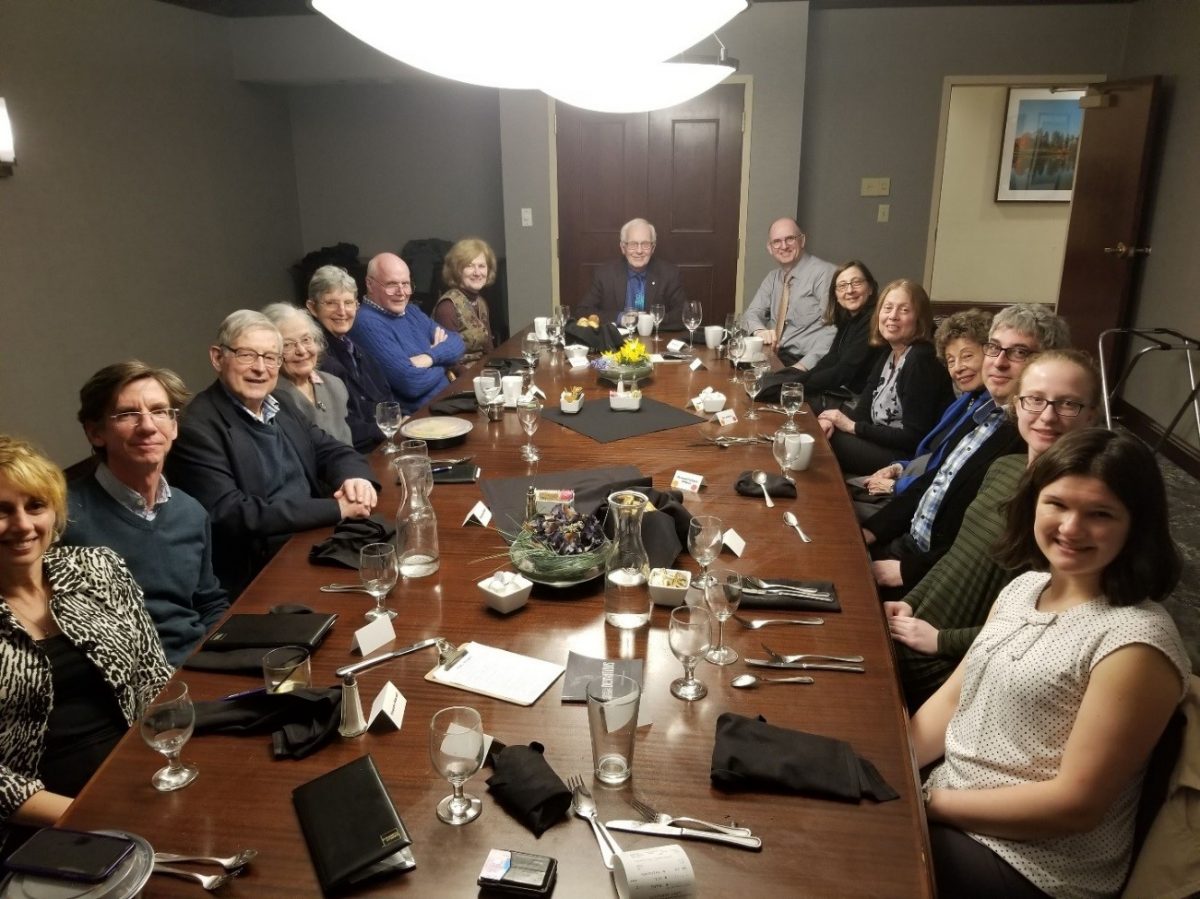
2019 Pollack Lecture
On April 11th and 12 of 2019 Prof. Paul Corkum of the Joint Attosecond Laboratory (University of Ottawa and the National Research Council of Canada) visited the department. Prof. Corkum’s main area of research is on the interaction of ultrashort laser pulses with matter broadly defined. His most notable contribution is perhaps the discovery of […]
[Read More]Charles Reynolds Lecture 2018: Prof Andrew Millis
The 2018 Reynolds lecture speaker was Prof Andrew Millis, a Professor of Physics at Columbia University and a co-Director of Center for Computational Quantum Physics at the Flatiron Institute. Dr. Millis’s research focus is theoretical condensed matter physics. He is the leading authority in theory of correlated materials, application of new theoretical ideas to actual […]
[Read More]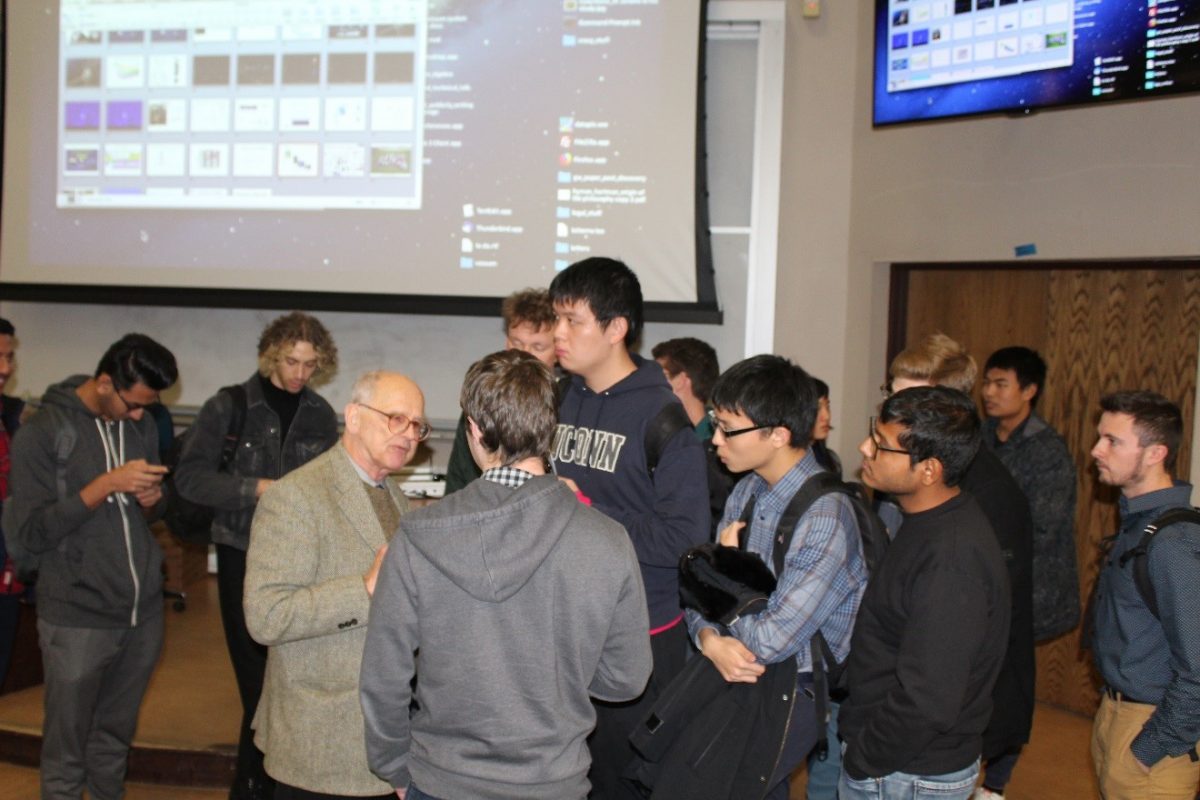
Professor Rainer Weiss: Katzenstein Distinguished Lecture
The Katzenstein Distinguished Lectures series continued in the 2018 academic year with its twenty second Nobel Laureate lecturer, with an October 26, 2018 lecture by Professor Rainer Weiss of the Massachusetts Institute of Technology. The title of Professor Weiss’ talk was “Exploration of the Universe with Gravitational Waves”, with abstract: The observations of gravitational waves […]
[Read More]